Signals or Mixed Signals: Why Opportunities for Mobilization are not Opportunities for Policy Reform
Drawing on political opportunity theory, the theory of legislative logic, and political mediation theory, we hypothesize differential effects of the political environment on the actions of challengers (suffragists) and state actors (legislators) in the women's suffrage movement. We use sequential logistic regression to assess the effects of explanatory variables on two intermediate stages of mobilization and policy change. In the case of challengers, we estimate the likelihood a state-level organization is present in any given legislative year. In the case of state actors, we estimate the likelihood a bill passes one legislative house given the presence of a state-level suffrage organization and that a bill has been introduced. Mixed signals are apparent in that challengers and legislators respond to the same environmental factors differently. Challengers respond to perceived opportunities for change. Legislators seek to enhance their political careers and are responsive to the demands of challengers when they perceive challengers as politically powerful or when social and cultural change signals a demand for policy reform. Legislators, in the end, are much more conservative in their response to the political context.

